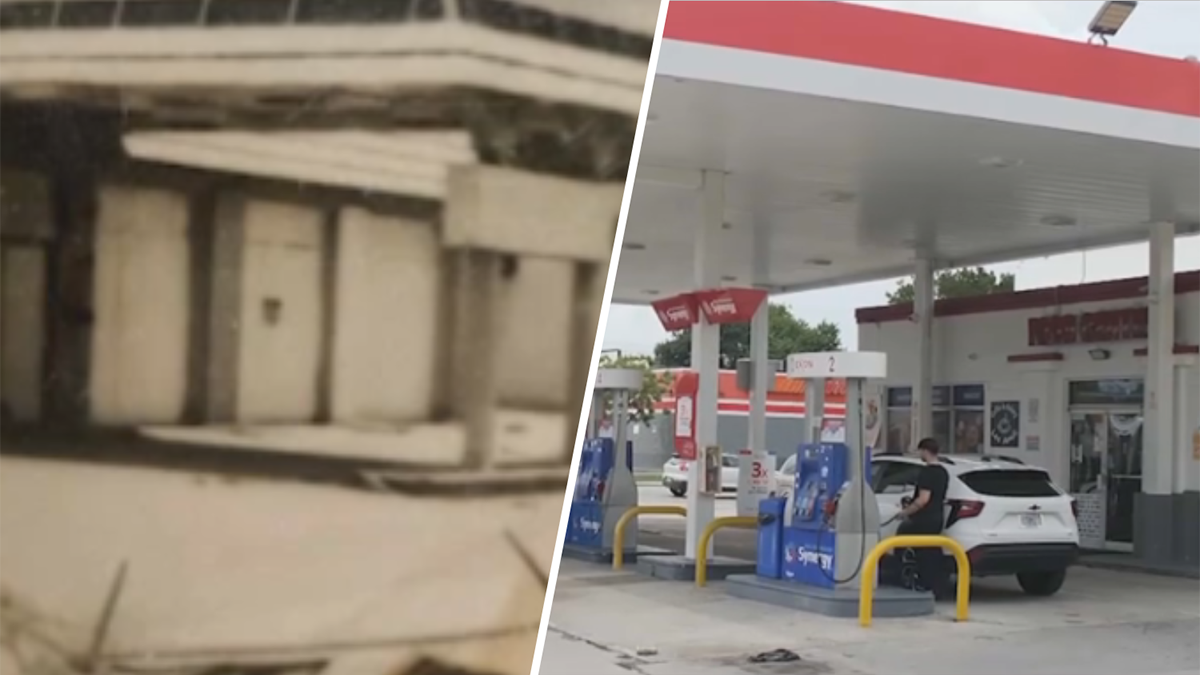The quality of our drinking water has been a topic of conversation for a long time.
The Safe Drinking Water Act (SDWA) was originally passed by Congress in 1974 with the goal of protecting public health by regulating the contaminants in the nation’s public drinking water supply.
But in the 1980s, many people in South Florida put more faith in bottled water than in their local government’s ability to provide clean drinking water.
The Hurricane season is on. Our meteorologists are ready. Sign up for the NBC 6 Weather newsletter to get the latest forecast in your inbox.
“I just feel like there is too much pollution in it,” a South Florida man told a reporter from our station back in 1984.
And today, many of the people we have heard from share a similar sentiment.
NBC6 has heard from dozens of people who have replied to our online survey regarding water quality. Roughly 88% of them say they are concerned about the quality of their drinking water.
Responds
Responding to every consumer complaint
But to understand water quality, we must first understand what pollutes the water.
Florida’s water supply comes from many sources like rivers, streams, lakes, and springs. But in South Florida, the water comes from just below the land surface.
The Biscayne and Floridan Aquifers are composed of rock with small holes and cracks. Rainwater seeps through it and fills it up.
As this water travels to the aquifer, natural minerals along with harmful pollutants or contaminants can make their way to our water supply.
Contaminants like pesticides from agriculture and residential use, viruses and bacteria from sewage treatment plants and septic tanks, and radioactive chemicals from nearby industrial locations.
This water gets cleaned up during the water treatment process that takes place at facilities across South Florida. Then, this water is pumped to your home.
But even after this process is completed, small traces of contaminants remain in the water that make it your faucet.
“What you flush today, you drink tomorrow,” said Professor Naresh Kumar, who is a University of Miami Public Health professor
Kumar pointed out that laws like the Safe Drinking Water Act regulate how much of each tracked pollutant or contaminant can be in the water.
Traces of contaminants like arsenic, barium, chromium, and lead are in your water and your local water system tracks how much.
“So, our drinking water that's supplied by any jurisdiction to your home through tap is deemed to be safe for drinking for many of these legacy pollutants,” Kumar said.
But he explains not all pollutants are filtered out or even tracked. Local water systems are still looking for solutions for what they call emerging pollutants – chemicals from everyday household products.
“When you take shower, they go in the system. And some of them are so fine, they cannot be filtered through any filter system,” Kumar said. “The water processing systems are not designed to deal with these pollutants.”
Concerned about water quality? We want to hear from you. Please fill out our online survey here.



